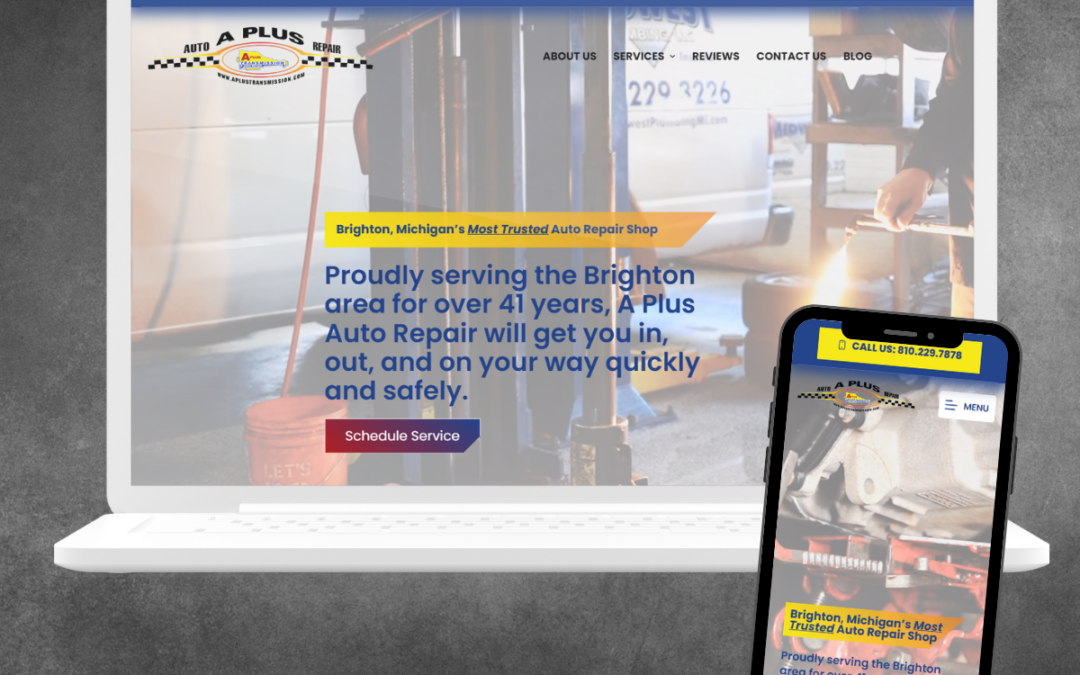In the digital age, user experience (UX) design has emerged as a critical factor in the success of websites, apps, and digital products. A well-designed user experience not only enhances usability but also fosters engagement, satisfaction, and loyalty among users. To create truly impactful digital experiences, designers must prioritize user needs, behaviors, and preferences throughout the design process. In this article, we’ll explore some of the most important UX design tips that can help designers create intuitive, user-friendly interfaces that delight and empower users.
Top 7 UX Design Tips For Seamless User Experiences
- Understand Your Users: The foundation of effective UX design is a deep understanding of your target audience. Take the time to research and analyze your users’ needs, goals, behaviors, and pain points. Conduct user interviews, surveys, and usability tests to gather valuable insights and feedback that will inform your design decisions. By putting yourself in the shoes of your users, you can create experiences that resonate with them and address their needs effectively.
- Simplify Navigation: Navigation plays a crucial role in guiding users through your website or app and helping them find the information they need quickly and easily. Keep navigation menus clear, concise, and intuitive, using familiar conventions and terminology to minimize cognitive load. Organize content logically and prioritize the most important information, ensuring that users can navigate your site or app effortlessly and without confusion.
- Prioritize Accessibility: Accessibility is an essential aspect of UX design, ensuring that all users, regardless of abilities or disabilities, can access and interact with your digital products effectively. Design with accessibility in mind by following web accessibility guidelines, such as the Web Content Accessibility Guidelines (WCAG), and incorporating features such as alternative text for images, keyboard navigation, and color contrast ratios. By making your digital products accessible to everyone, you create inclusive experiences that benefit all users.
- Focus on Mobile Optimization: With the increasing prevalence of mobile devices, designing for mobile users is more important than ever. Prioritize mobile optimization in your UX design process, ensuring that your website or app is responsive, fast-loading, and easy to use on smartphones and tablets. Simplify layouts, minimize text input, and use touch-friendly elements to create seamless mobile experiences that cater to the needs of mobile users.
- Embrace Consistency: Consistency is key to a cohesive and intuitive user experience. Maintain consistency in visual elements, such as typography, color schemes, and iconography, across all pages and screens of your website or app. Use consistent naming conventions, navigation patterns, and interaction behaviors to create familiarity and predictability for users. Consistency not only enhances usability but also strengthens your brand identity and builds trust with users.
- Provide Clear Feedback: Effective feedback is essential for guiding users and confirming their actions as they interact with your digital products. Provide clear, real-time feedback in response to user actions, such as button clicks, form submissions, and error messages. Use visual cues, such as animations, tooltips, and progress indicators, to indicate system status and reassure users that their actions are being processed successfully. Clear feedback enhances usability and prevents user frustration and confusion.
- Iterate and Test Continuously: UX design is an iterative process that requires continuous refinement and improvement based on user feedback and testing. Regularly gather feedback from users through usability testing, A/B testing, and analytics to identify pain points, usability issues, and areas for improvement. Use this feedback to iterate on your designs, make data-driven decisions, and optimize the user experience over time. By embracing a cycle of continuous iteration and improvement, you can create digital experiences that evolve and adapt to meet the changing needs of your users.
In conclusion, prioritizing user needs, behaviors, and preferences is essential for creating impactful user experiences that delight and empower users. By following these essential UX design tips, designers can create intuitive, user-friendly interfaces that enhance usability, foster engagement, and build trust with users. By understanding your users, simplifying navigation, prioritizing accessibility, focusing on mobile optimization, embracing consistency, providing clear feedback, and iterating continuously, you can create digital experiences that stand out in today’s competitive landscape and drive success for your business.


Recent Comments